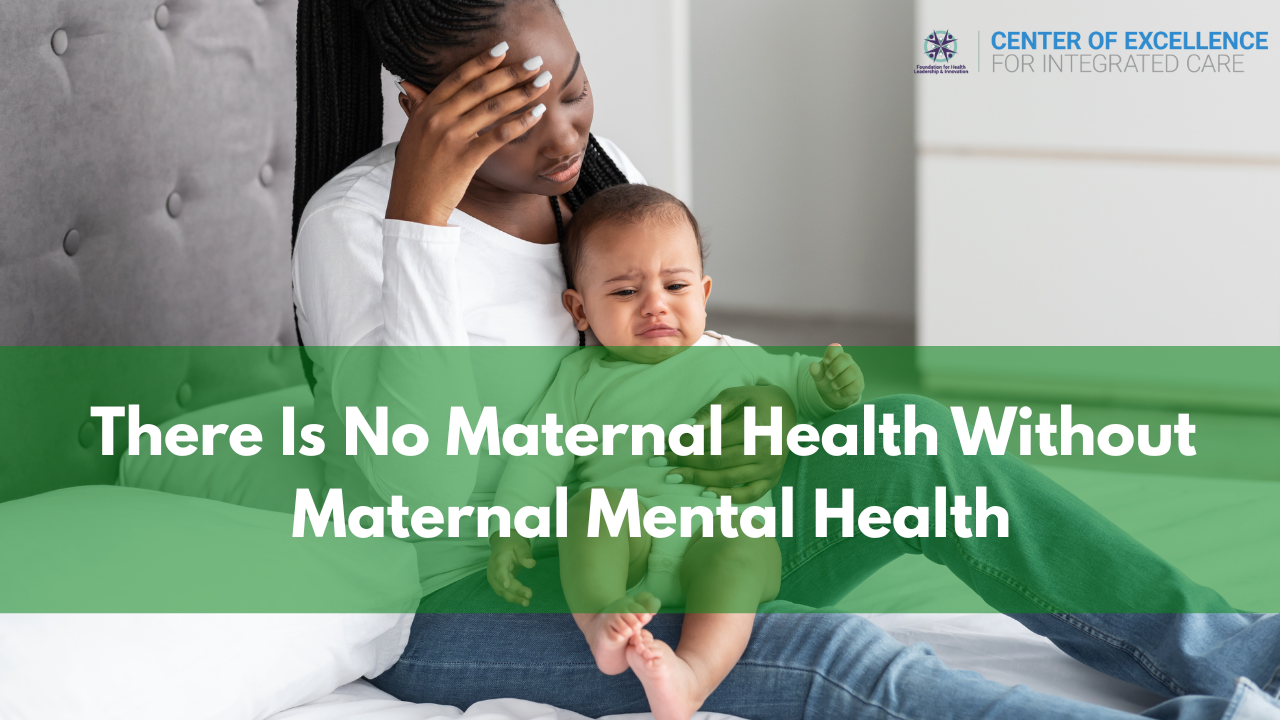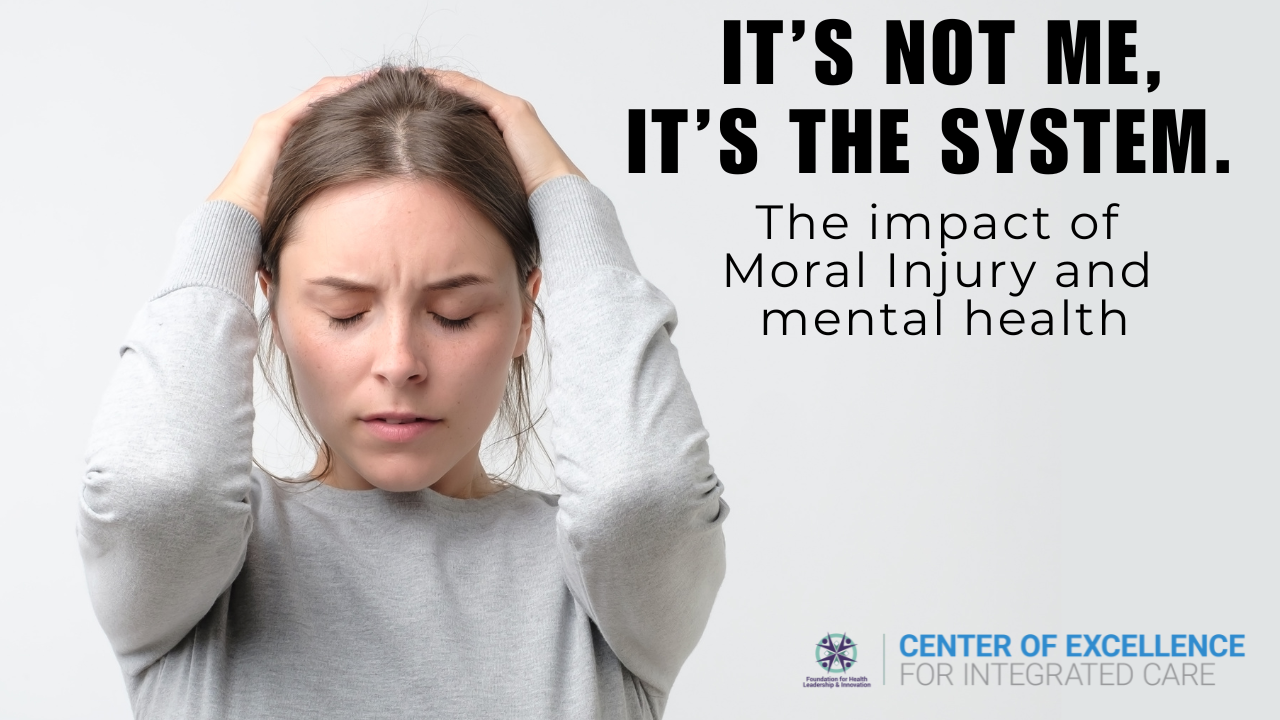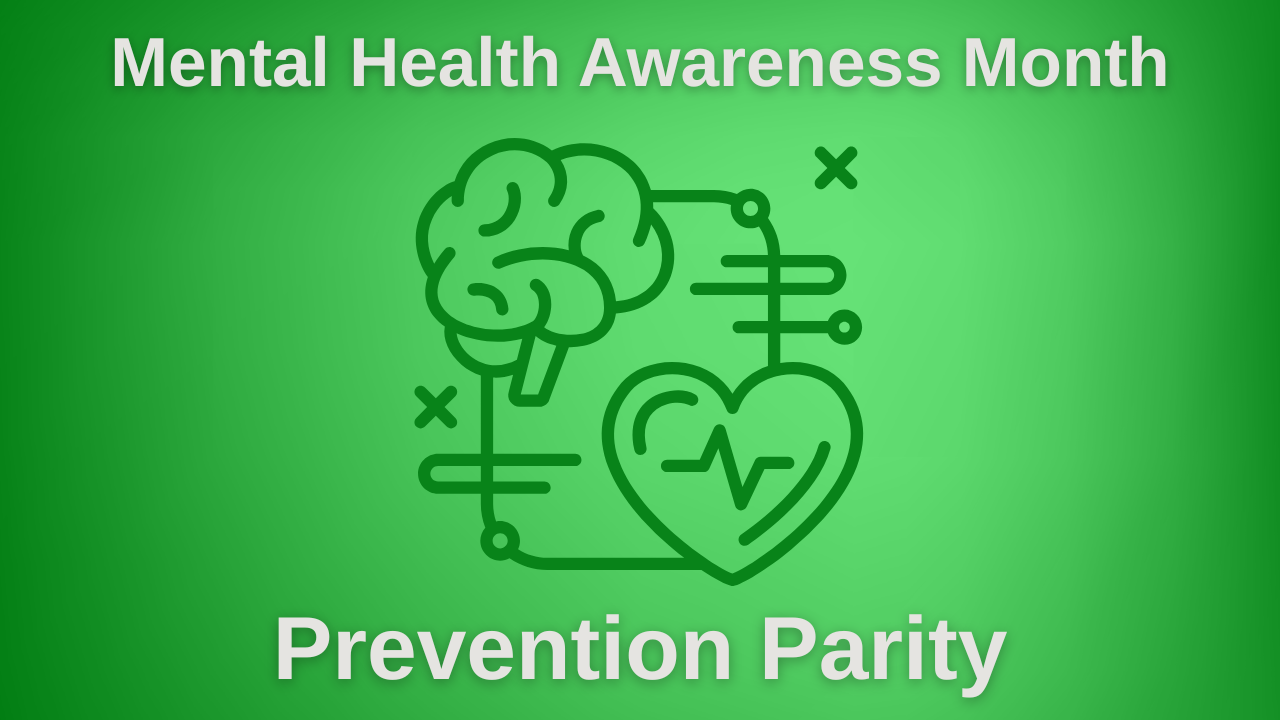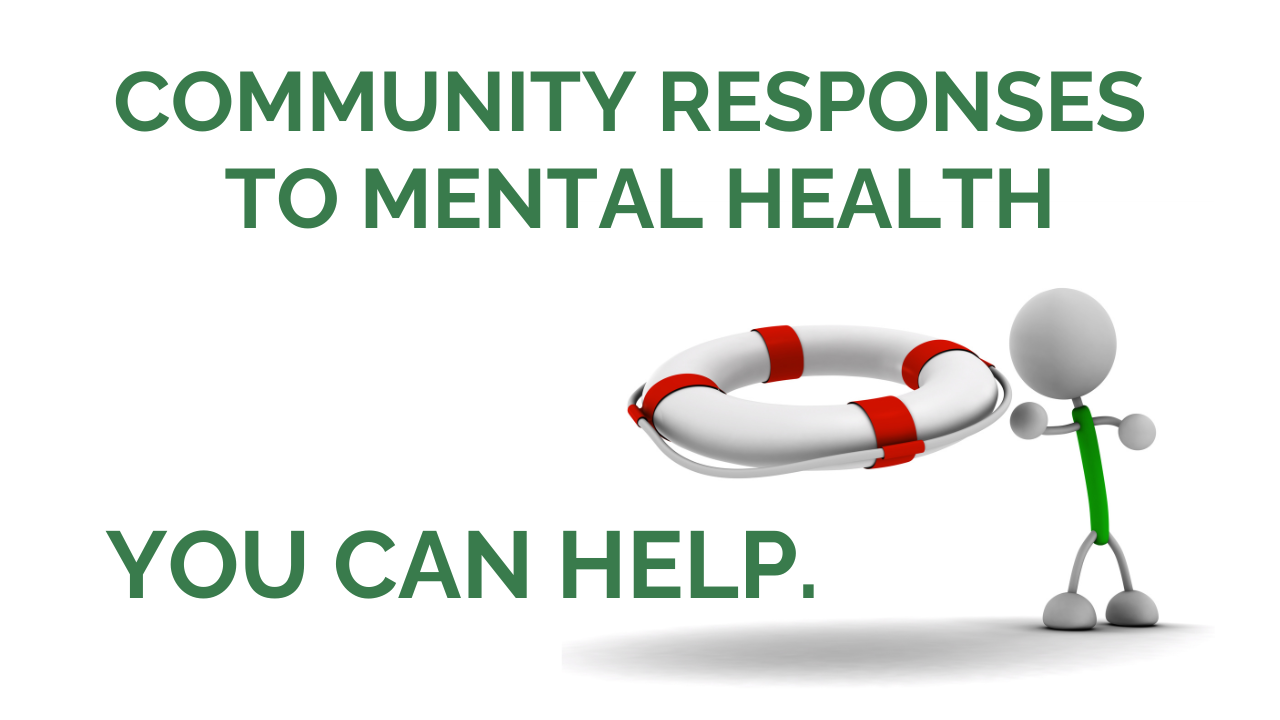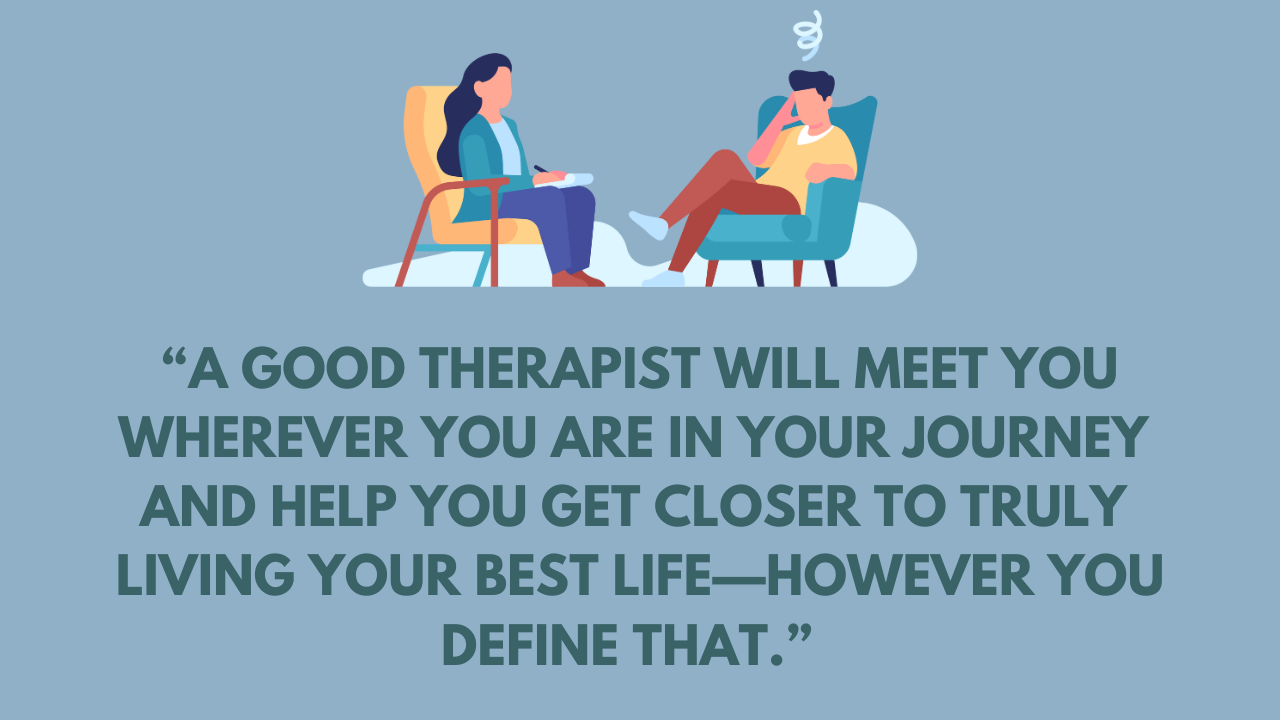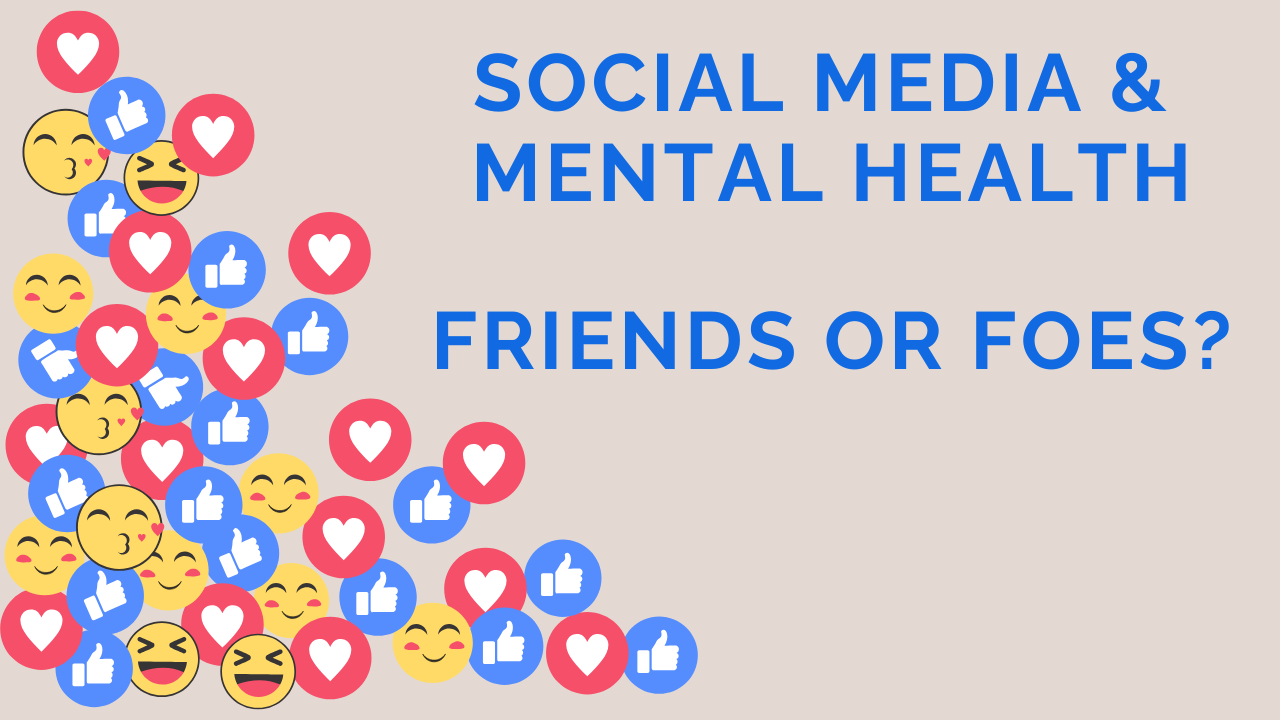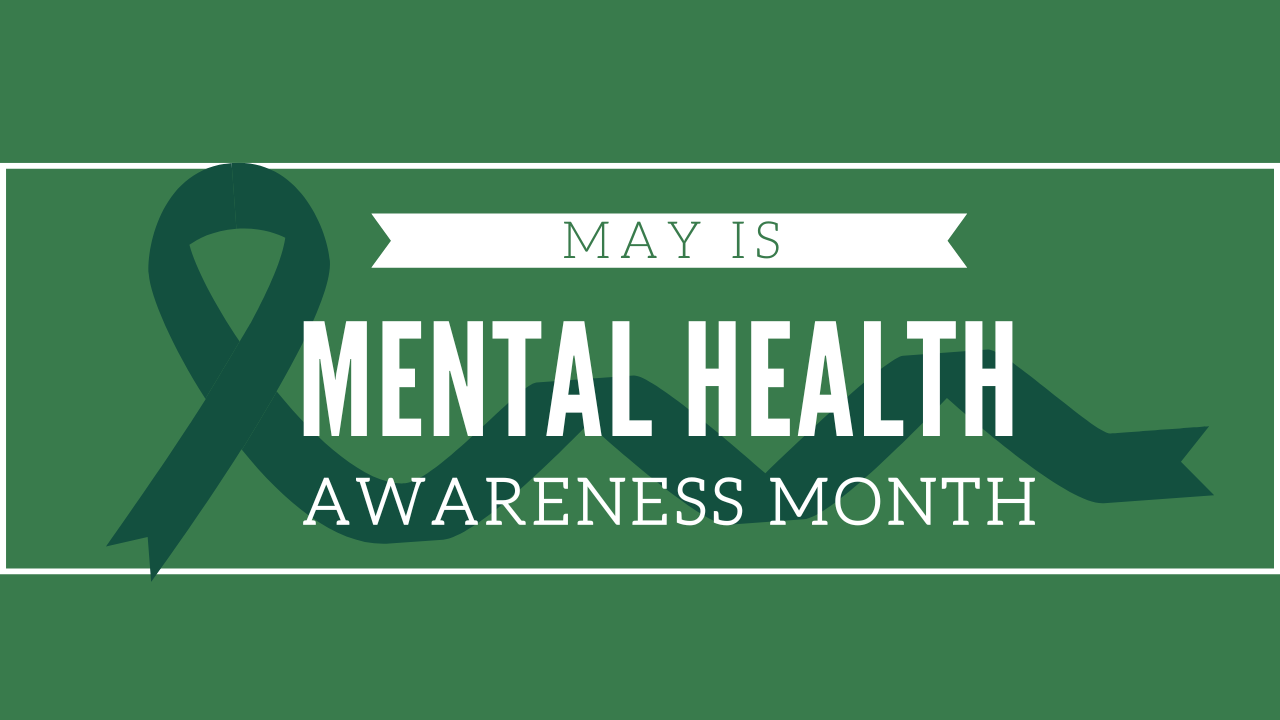By: Allison Hackman
Assistant Manager, Marketing & Communications | Foundation for Health Leadership & Innovation
Creativity is a great way to practice self-care. But how exactly does creativity support mental health and well-being, and how do you incorporate it into your life?
Girija Kaimal, EdD, ATR-BC, a Drexel University professor and leading art therapy researcher, says engaging in the creative process can help reduce stress, lower anxiety, regulate the nervous system, deepen connection with self and others, and improve mood. It also enhances our sense of agency, strengthening our ability to imagine and solve problems.
Learn more below about the science of creativity and ways to practice it for self-care!
The Science Behind Creativity & Mental Well-Being
Creativity is a dynamic process involving skills, thinking, and surroundings to create something new. It can include various forms of expression, such as art, music, writing, innovative problem-solving, and more.
Research has shown that creative activities enhance overall well-being, particularly regarding emotional regulation, cognitive flexibility, and social connectedness. This concept is known as the Psychosocial Model of Creativity and Mental Health:
1. Emotional Regulation
Emotional regulation is what, how, and when people experience emotions and how they perceive and express them. Creativity:
- Enhances self-understanding and awareness by providing an outlet for externalizing emotions and creating space for introspection.
- Opens a “flow state,” which involves total immersion and focus, resulting in a sense of timelessness that reduces stress and elevates mood.
2. Cognitive Flexibility
Cognitive flexibility involves recognizing and considering alternative courses of action and making decisions while adapting as necessary. Creativity:
- Increases cognitive flexibility, boosts self-efficacy, and fosters a sense of control, contributing to resilience and positive mental health.
- Enhances stress management and fosters confidence in navigating life’s challenges.
3. Social Connectedness
Creativity can be an individual or collaborative endeavor, and both offer many benefits for mental well-being. While each person is on their own journey of self-discovery, there is a cross-pollination of energy, ideas, perspectives, and insights. Creativity:
- Builds connections and develops social skills such as communication, empathy, compassion, and awareness.
- Enhances social support networks, reduces feelings of loneliness and isolation, improving overall health.
Creativity is also connected to our nervous system. It helps our nervous system relax, and we can access our creativity more easily by supporting our nervous system through a positive feedback loop. Here are a few tips for supporting your nervous system and enhancing creativity:
- Take movement breaks: Stretch, walk, or do your favorite exercise.
- Engage your senses: Music, textures, nature, and art can all inspire creativity.
- Prioritize rest: Sleep and mindful breaks help integrate creative ideas.
Engaging in creative activities enhances connections and forms new neural pathways in our brains. When combined with self-compassion, this helps us navigate life with greater presence and ease.
Creativity for Self-Care: Ideas to Try
It may take time to discover what you enjoy, but part of the process is that you get to experiment and explore. Setting goals can be helpful, as with any new habit. It’s okay to start small, such as doing an intentional creative activity for five minutes a week, gradually building up to ten minutes a day. Another alternative is dedicating a couple of hours one day a week to care for yourself.
Start small, choose what feels fun or doable, and build from there. Consider activities such as the ones listed below:
- Visual arts: mandala drawing, process painting, sculpting, collaging, mixed media, photography, visual journaling, and Zentangle art
- Music: Playing instruments (whether solo or with others), creating mixes, and curating playlists
- Dance and movement: improvisation, choreography, free movement, miming, and body language acting
- Writing: free writing, journaling, poetry, memoir, novel writing, short stories, and letter writing
- Crafting: crocheting, knitting, jewelry-making, needlepoint, metalworking, embroidery, scrapbooking, woodworking, and candle-making
Whether you’d like to do these activities alone or with others, there are engagement options to fit your needs best. You can take community classes, join online groups, visit local centers, or set up space in your home. Engaging in both can enrich the other’s experience. Spending time alone is vital for inner connection and self-reflection while socializing with others offers opportunities for interaction and the exchange of ideas.
Unpacking Stories: What You’ve Been Told About Creativity
Even with this information and some ideas to help you get started, you might still hesitate to explore creativity for self-care.
How many times have you heard someone say, “I’m just not creative,” “I’m not artistic,” or “I’m bad at art”? We receive messages early on about who and what is ‘creative’ or ‘artistic,’ and that art is either “good” (e.g., visually appealing, realistic, monetizable, etc.) or “bad.”
Another dominant story in the United States is that kids draw and paint; they create and have fun. But, for most people, that free-flowing, spontaneous creativity ends in adulthood. Creativity is often considered a gift of skill and a luxury of time that few adults possess.
Stories are powerful. They profoundly influence our beliefs, and messages diminishing creativity can inhibit our growth from an early age. In this cultural and social context, it is common for people to become disconnected from their natural, creative processes as they “grow up.”
The truth is that creativity is innate; humans are wired for it. If you’re human, you’re creative. There is absolutely no ‘right’ or ‘wrong’ way to be creative. Creativity allows you to explore with curiosity, learn what ignites your imagination, provide comfort, and return you to that timeless flow state of childhood.
Tips for Engaging in Creative Self-Care
Expressing emotions through creative outlets—such as writing, drawing, or speaking—can alleviate tension and create space for insight and healing. There’s a saying, “Name it to tame it.” Sharing something, whether by writing down the painful words of our inner critic or discussing our feelings with a trusted friend, often leads to new insights and changes in perspective.
Expressing ourselves can feel vulnerable and scary. However, summoning our courage to express ourselves helps us step back and acknowledge those thoughts without completely believing them. This enables us to return to the present moment and keep moving forward.
If you notice your inner critic chattering away when engaging in a creative activity, write down your thoughts to externalize them. If you don’t feel comfortable keeping the paper, you can throw it away.
Be patient with yourself; It may take time to loosen up, especially if it’s been a while since you’ve prioritized rest and play. Although it may feel counterintuitive, being gentle with yourself is much more effective for achieving your goals than being hard on yourself.
When engaging in creative activities, as in life, things don’t always turn out as we hope or expect. Yet, we have options regarding the story we tell and how we respond to it, whatever ‘it’ happens to be right now.
There’s no wrong way to nurture a relationship with creativity—only opportunities to learn and explore. Remember:
- Treat yourself with the kindness, love, and compassion you would show your pet, child, or best friend.
- Stay curious.
- Prioritize play.
- Let laughter flow freely.
The more you care for yourself through creativity, the more ease, insight, and joy you’ll invite into your life.
Additional Reading
- Feeling Artsy? Here’s How Making Art Helps Your Brain
- Making art is good for your health. Here’s how to start a habit
- The intersection of art and health: How art can help promote well-being
- Creative expression and mental health
Resources
- Foundation for Art & Healing Creativity Hub
- 21 art therapy activities
- Art for Mental Health & Wellness book list
- Process painting
Allison Hackman
Assistant Manager, Marketing & Communications | Foundation for Health Leadership & Innovation

Allison joined FHLI as the Assistant Program Coordinator for Marketing & Communications in September 2023. Previously, she worked as a copywriter at an agency and as a freelance writer-editor. She holds a Graduate Certificate in Science and Medical Writing from UNC Wilmington and a Bachelor of Arts in Spanish Literature with a minor in gender studies from Binghamton University in New York. She is passionate about supporting FHLI’s programs and advocating for a healthier North Carolina for all.
Posted in Mental Health Awareness


